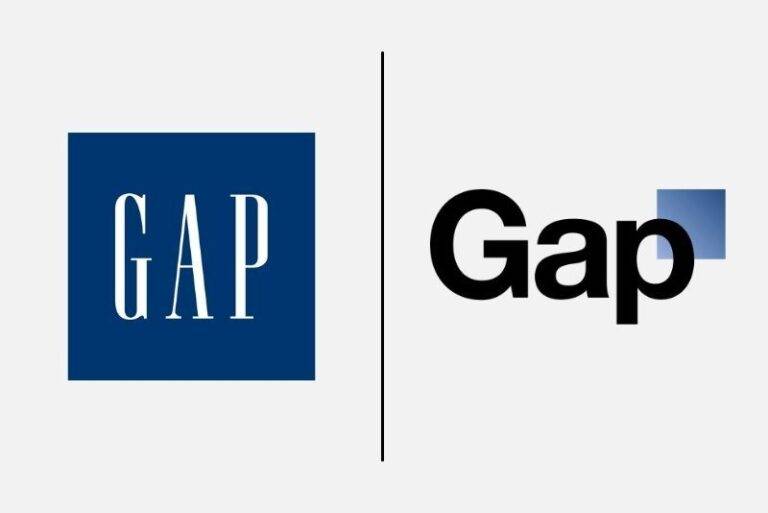In the fall of 2018, roughly a year after Gap launched its initial subscription box, babyGap Outfit Box, the retailer stopped the program.
The Gap’s attempted foray into subscription apparel provides some key lessons on why fashion brands fail in sub-commerce.
First, category fit. Although apparel can work on subscription, it’s not as predictable as other categories that feature consistent consume-and-replenish cycles—like personal care or beauty.
Second, since fashion is highly personal, the importance of curation, selection, and data science makes it difficult for most legacy brick-and-mortar retailers to merchandise effectively, minimize returns, and compete with companies that rely heavily on superior data to scale successfully (i.e., Stitch Fix, Le Tote). In other words, your typical Gap women’s apparel buyer doesn’t necessarily make a good e-subscription merchandiser.
Third, the competition. When Walmart signaled that it was moving aggressively into kids’ subscription boxes, with already established successes in direct-to-customer beauty, grooming, and baby boxes, Gap had its work cut out for it.
Last, The Gap lacked some key capabilities. Rather than attempt to build out its business line with a strategic partner (as Walmart had done with Brandshare, which manages and executes just about every step in the box process), it opted to try and do so in- house. Yikes.



